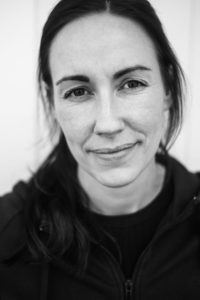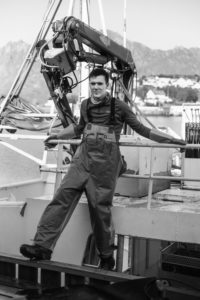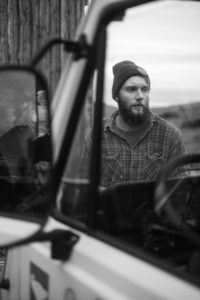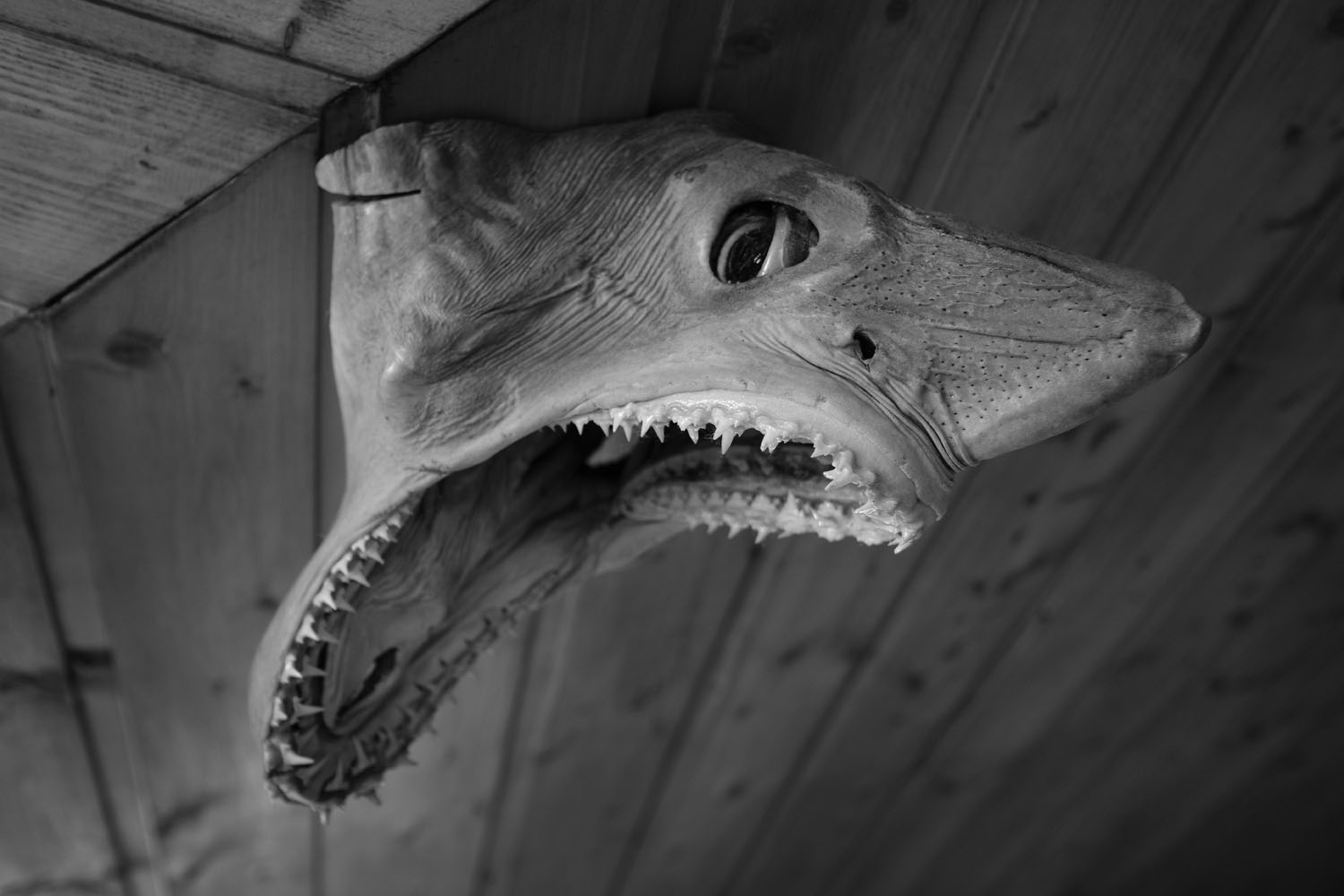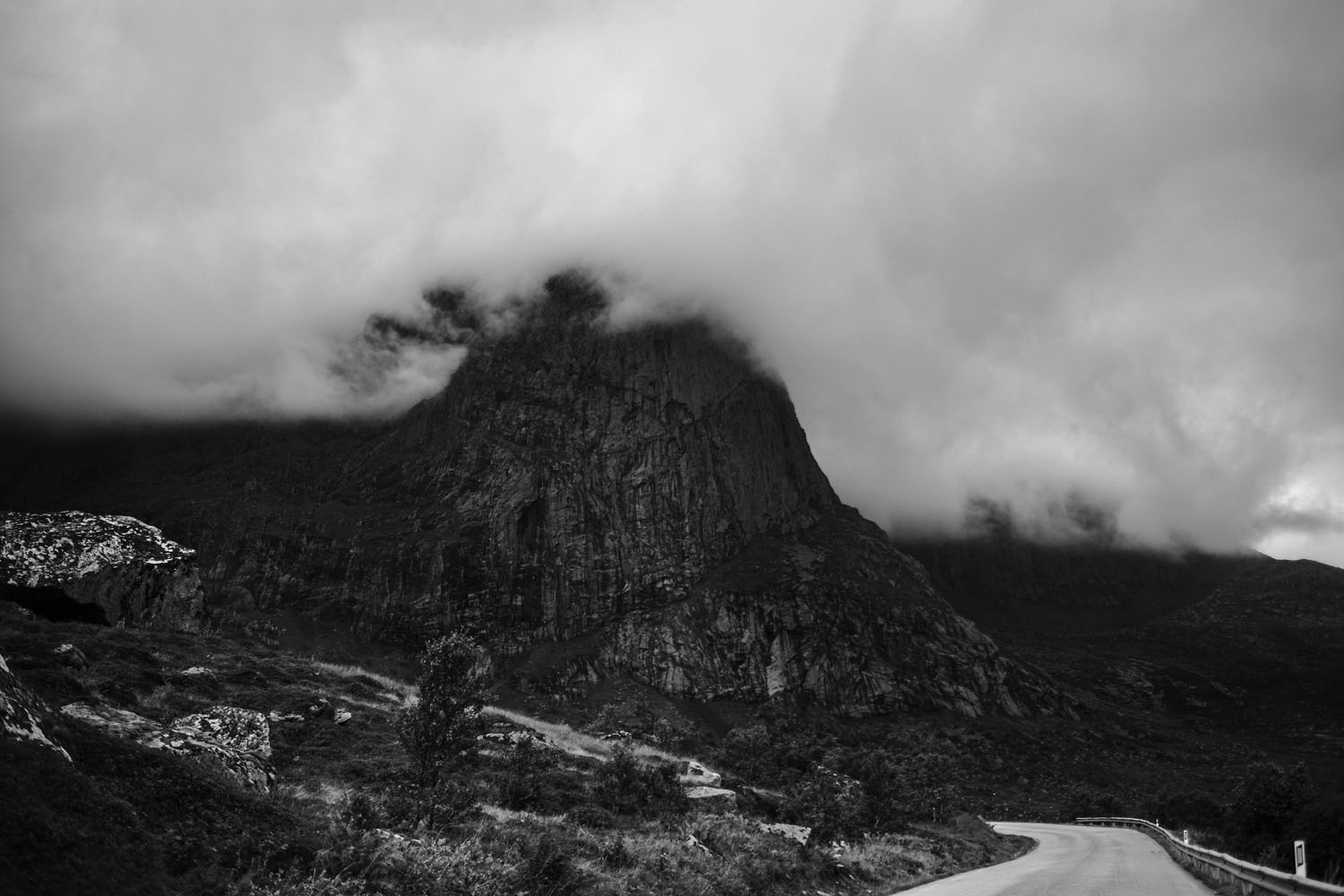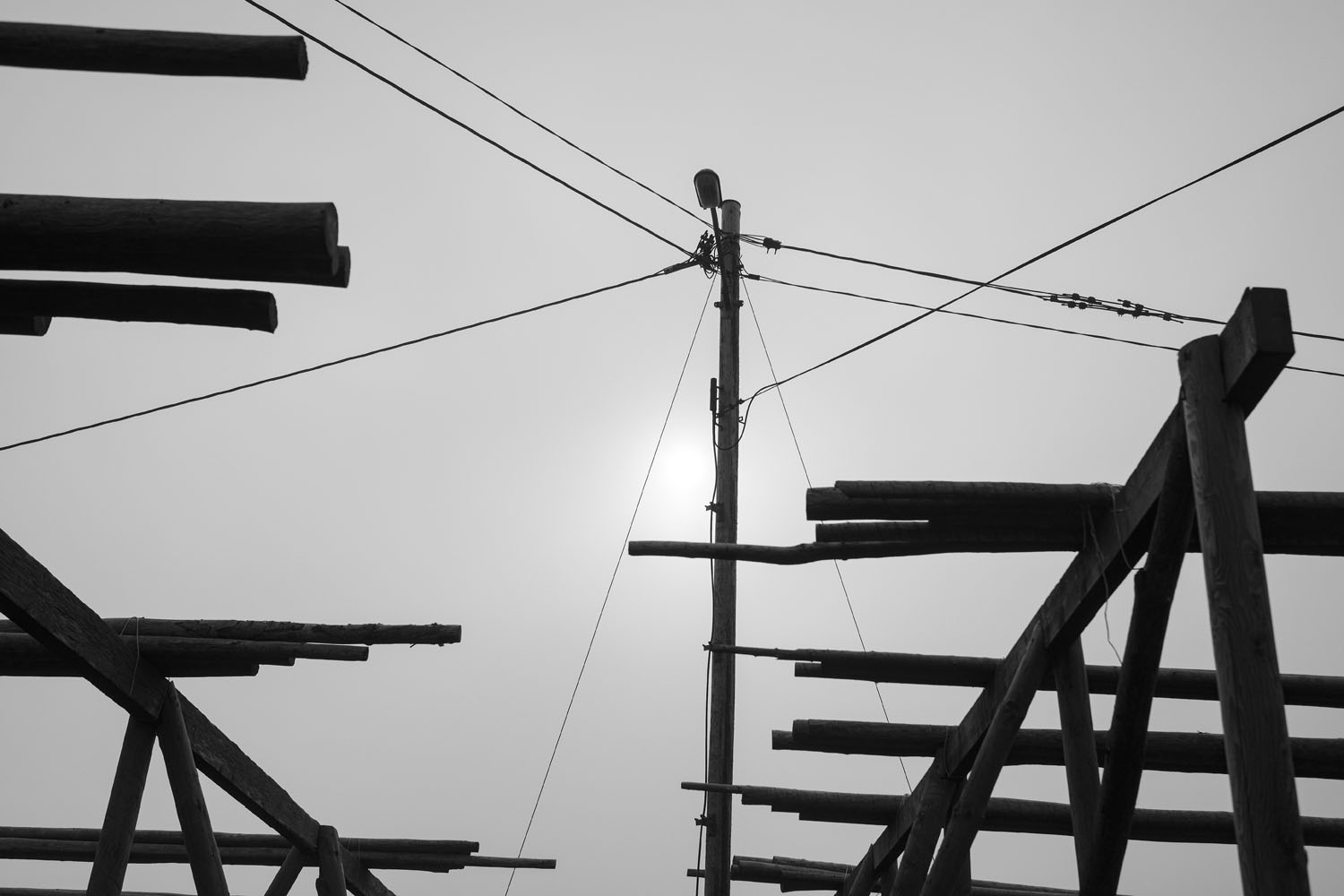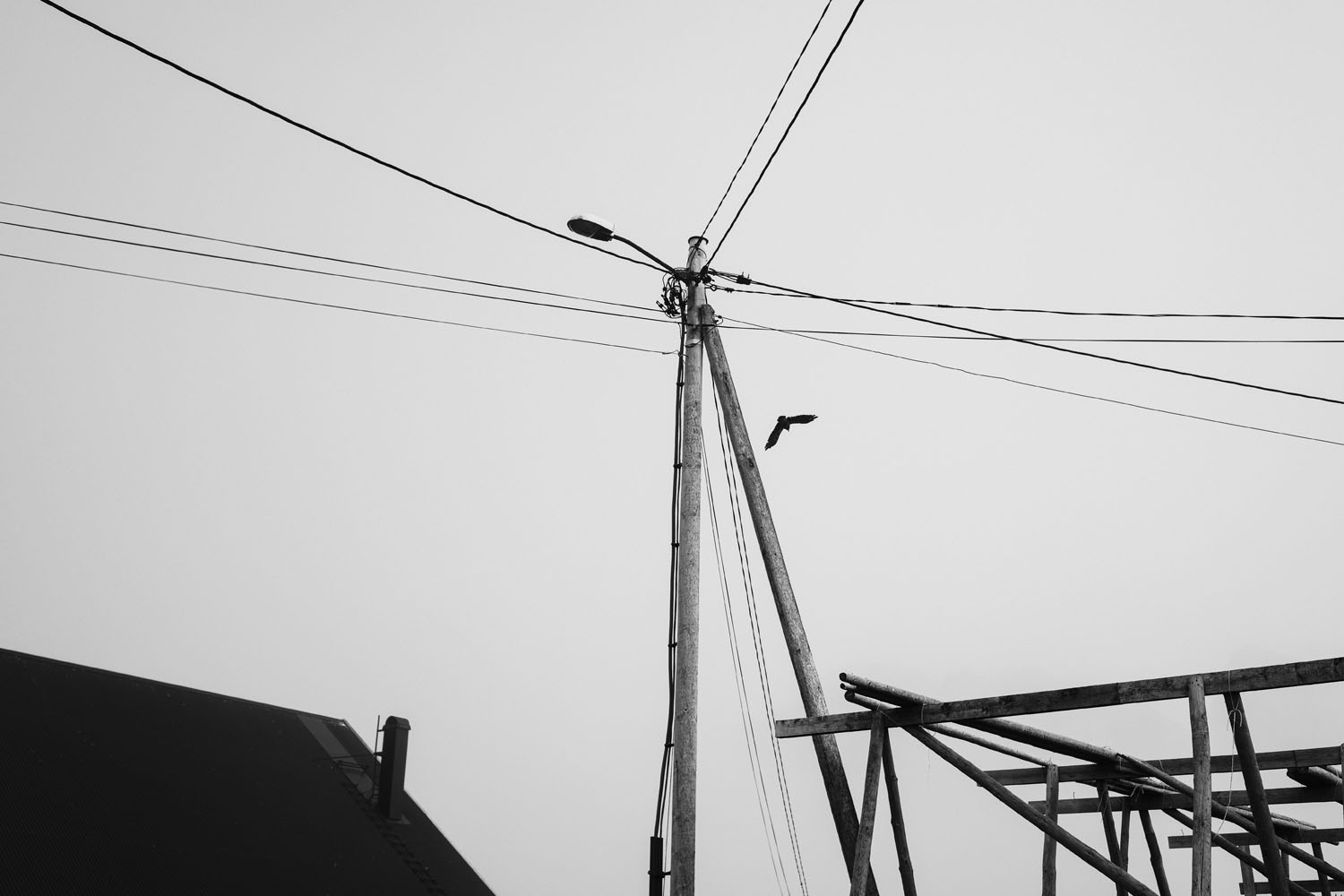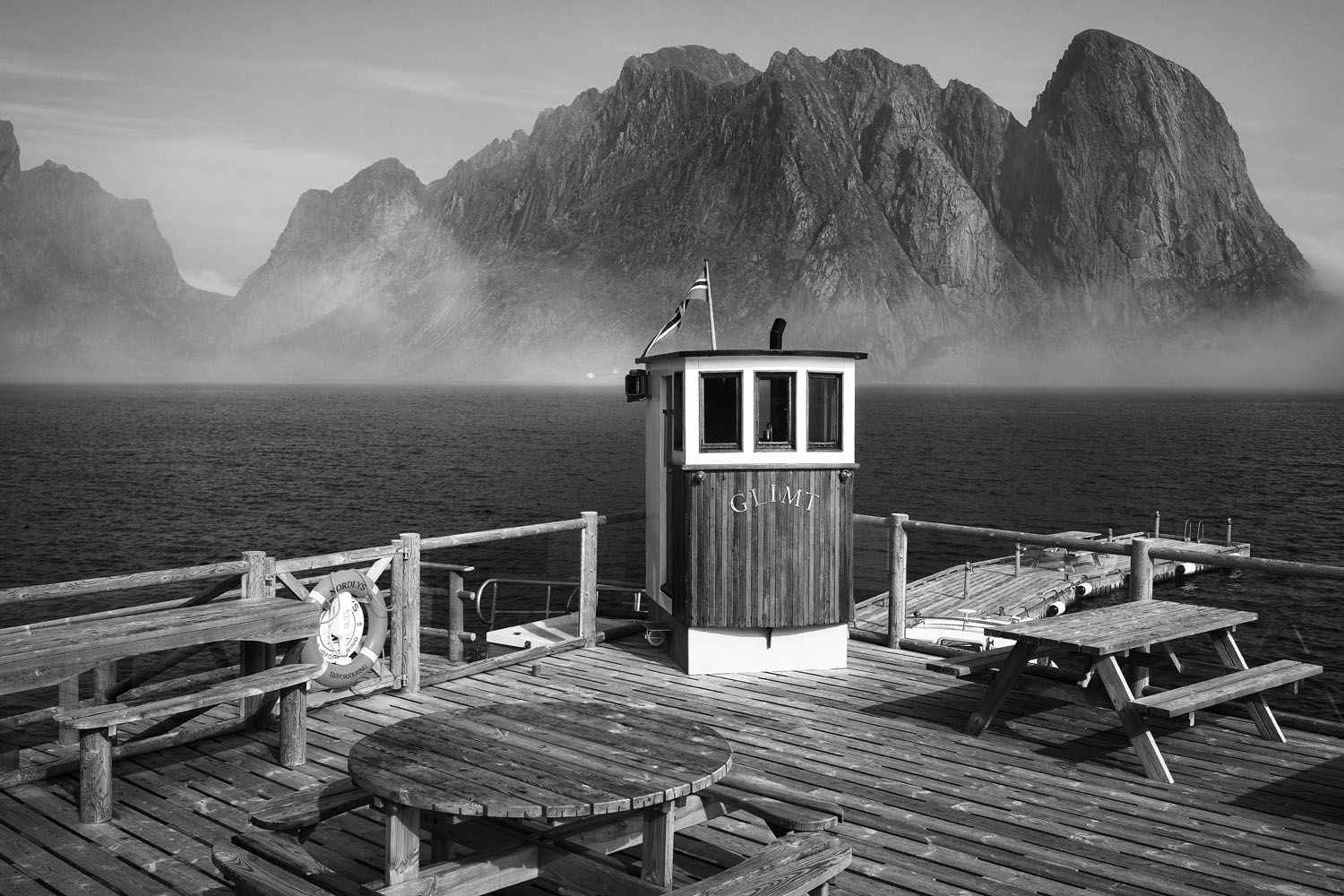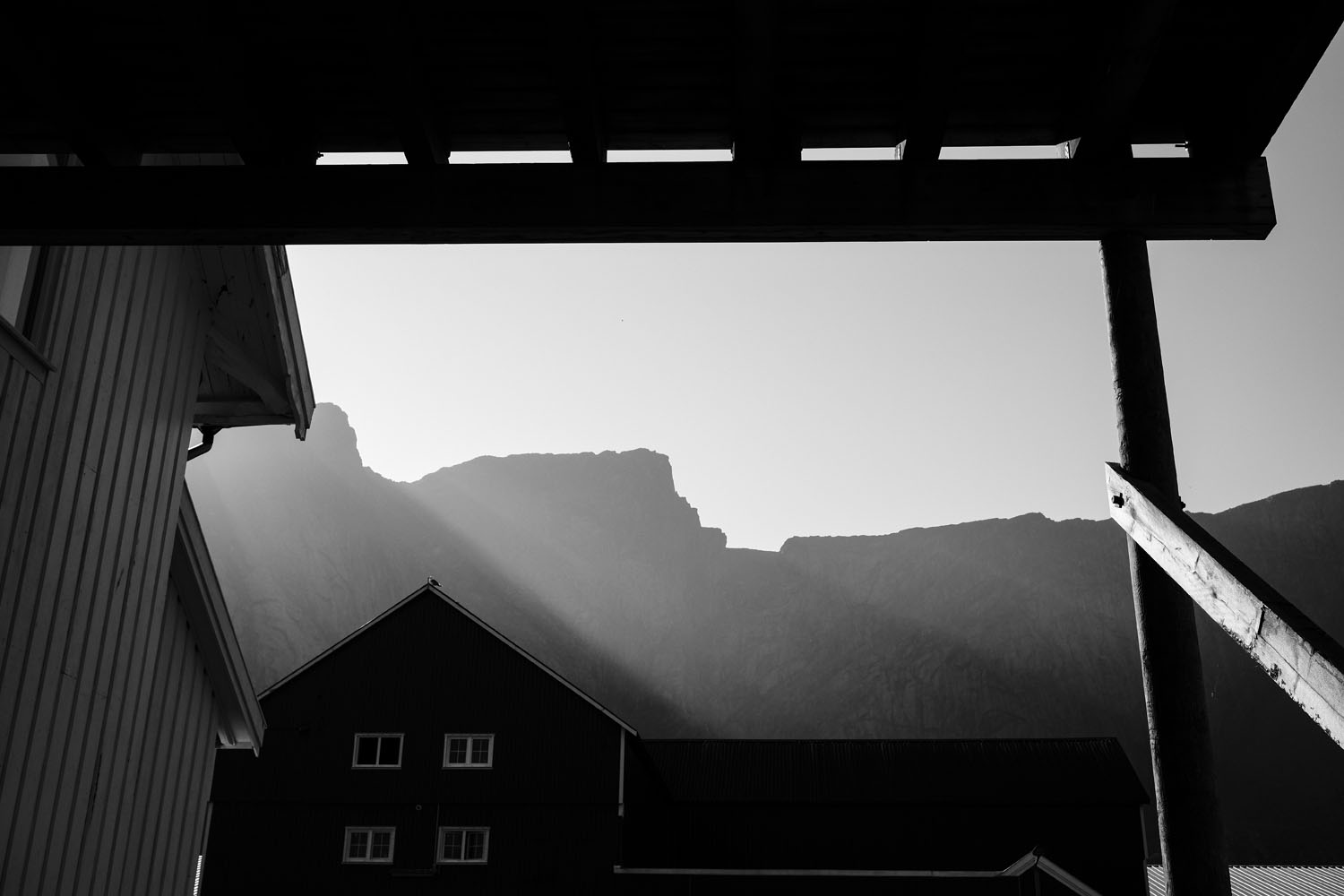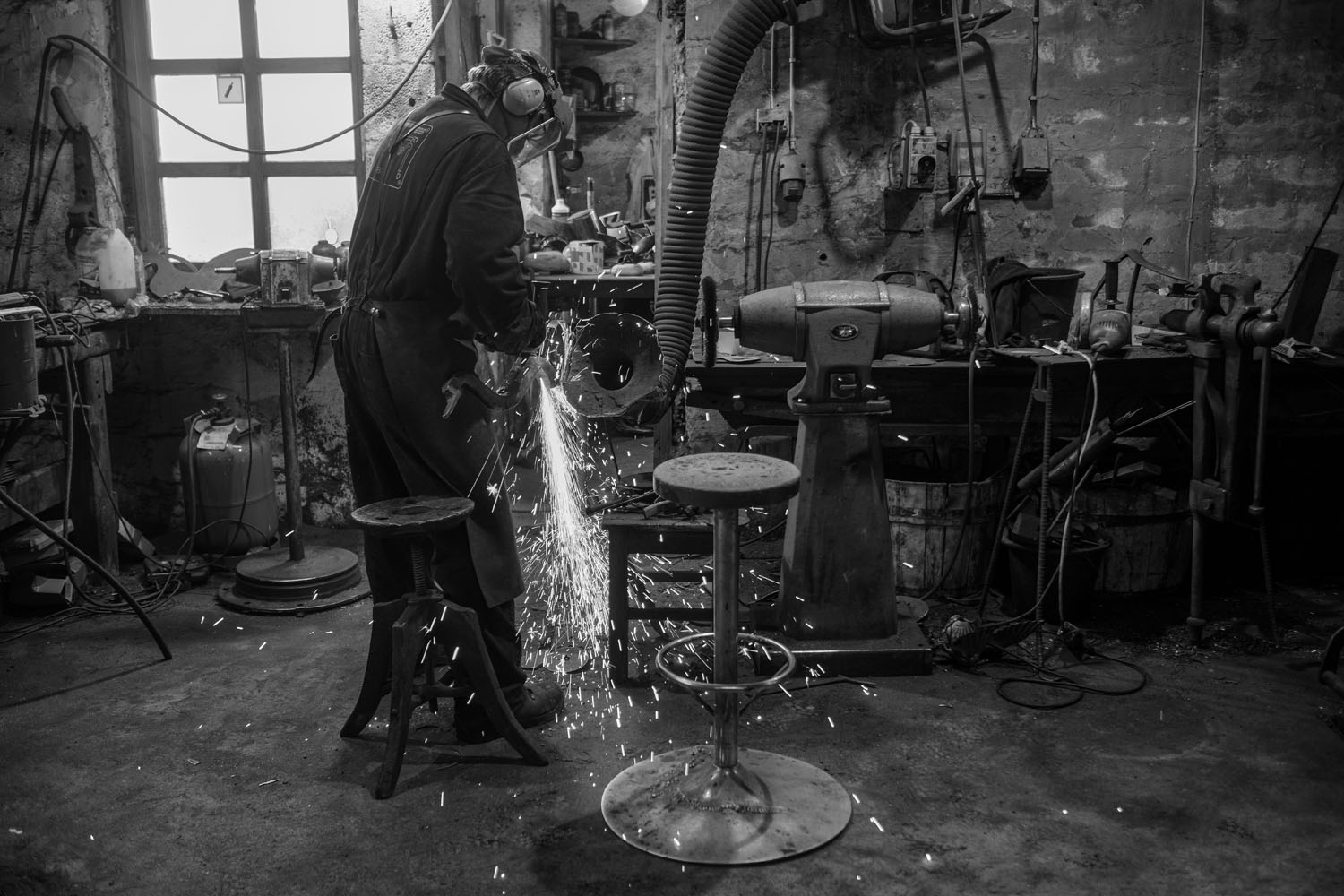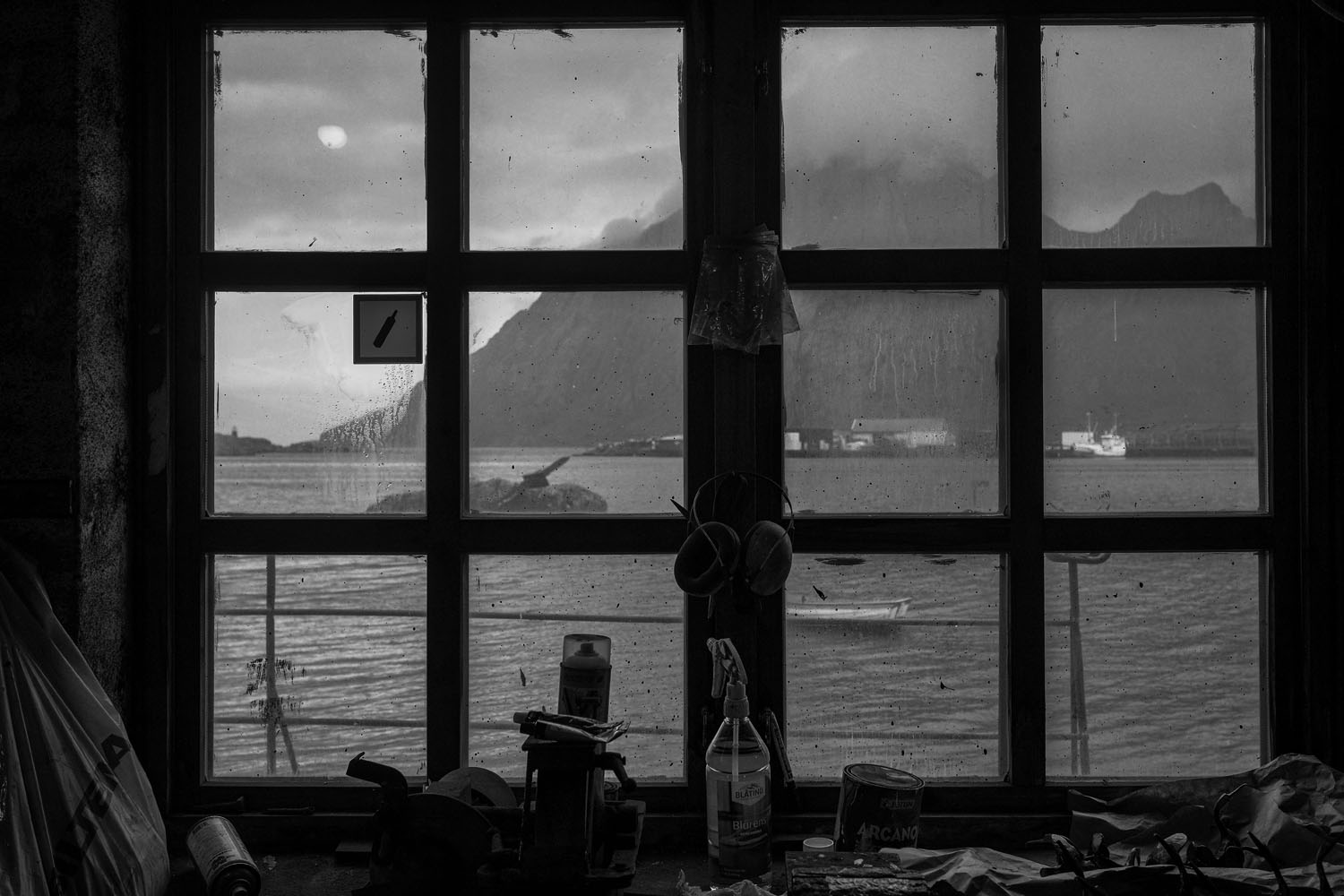
Knut Koivisto
Living on the Edge
What sets out people to challenge themselves, to seek the conditions beyond the traditional? What makes some of us wanting to live on the edge? Is it possible that our search brings us the full circle round and we end up where we once started.
I set out to search for one of these places where people literally live on the edge of the world and I found the Lofoten archipelago in the northern parts of Norway. Amazingly beautiful it’s a series of islands stretching out into the Atlantic Ocean situated within the Arctic Circle. Due to the Gulf Stream and its extensions, the North Atlantic Drift, Lofoten enjoys a relatively warm climate and makes the waters outside the perfect breeding ground for cod. The waters are rich in sea life. This attracts animals like sea eagles and killer whales which the area is rich of and it also attracts humans of course.
There are traces of human activity in Lofoten that stretches 10.000 years back in time. A thousand years ago Vikings ruled this land and Norwegians have always been a seafaring people. For centuries, the Nordic cod was exported down to Europe as far as Portugal. The lack of freezing facilities in the old days made drying the fish the only way to preserve it for transportation and later consumption. This is still a big part of the fishing industry of Lofoten. The drying racks can be found all around the coastal areas. In the winter the fishing is peaking and all the racks are full of drying fish.
I set out to find the people living at this remote place at edge of the world. I wanted to meet them and make portraits of them. I wanted to see what attracts young people to this place in a modern age of fast internet and urban development. I also wanted to see this land that rises from the sea like a wall with deep fjords edged by steep mountains of a thousand meters high.
I also wanted to bring the most modern camera I had access to, the FUJIFILM X-Pro3. Just like the land and the people I found, it’s a most modern configuration but also a return to the basic. Old traditions merged with the latest technology. A journey both to a distant place but also for me to reflect on how I photograph. What do I need and what do I expect.
Photography should be to experience new things. To tell a story. To share the world through my eyes. To find what was there obviously all the time. For me it’s a mix of feelings and sounds and sights that I must distill down to an image that will tell that story. It’s been said before but the camera has to be not only my eye but also an extension of my senses. And that’s what I love with the new Fujifilm X-Pro3! I can turn away all that I don’t need at the moment of exposure. I can turn off the distractions and fully be in the moment. I don’t need all the information in the viewfinder and turn it off. I don’t need to be distracted by a display all the time when I photograph. I just need the view, the aperture, the speed and ISO, that’s it! But when I do need it, it’s all there for me!
I traveled to the edge of the world to find what was there right before my eyes. A warm friendly people living their daily life like people always have, just in a modern context. And I also found the way I love to photograph, the way I always have but with a modern camera.















































